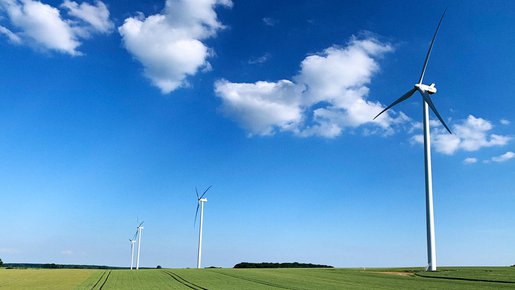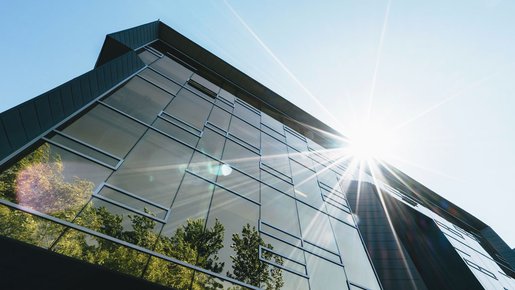31.5.2022
Koja to lead the way in the comparison of life cycle environmental impacts
Koja has carried out an organisation-level emission calculation, alongside which the size of the carbon footprint caused by air handling units was calculated. As the first equipment supplier, Koja has also introduced the possibility of calculating and comparing the life cycle environmental impact (LCA, Life Cycle Assessment) throughout the life cycle of an air handling unit, starting with manufacture.
Overall, the construction industry has become more environmentally conscious of materials and emissions. The understanding and perception of customers and partners has changed, which has also led to increasing requirements. Regulation is also steering construction strongly in the direction of sustainable solutions. A good example of this is the EU Taxonomy regulation, which will guide funders of construction projects in making more sustainable choices.
From general coefficients to our own carbon peak calculation
Koja has carried out an organisation-level emission calculation alongside an investigation of the life cycle environmental impact of Future® air handling units, which calculated the carbon footprint of the products in accordance with the GHG, Greenhouse Gas Protocol. The calculation has been carried out in cooperation with Ramboll.
Our own calculations have made it possible to specify the actual carbon peak in the air handing unit, which here refers to the carbon dioxide emissions from the manufacture of materials and the product and their transport to the site at the beginning of the product’s life cycle. By using our own current figures in the calculation, we can also refine emissions and thus develop our production in a less carbon-intensive direction.
“The importance of the topic has long been discussed in the industry, but in connection with the calculation of emissions, it’s becoming more tangible. To more accurately compare the product’s features and environmental impact, we must make our own calculation. The general emission coefficients do not tell the whole truth,” emphasises Matti Huvinen, the Marketing Manager of Koja Oy’s Air Handling Solutions for Buildings.
Comparison of environmental impacts as a feature of the measuring programme
The emission calculation results have now been integrated into Koja’s Future®++ measuring programme and will later be included in the Future® S measuring programme (available in Finnish). The calculation and comparison of life cycle environmental impacts (LCA, Life Cycle Assessment) complements the programmes’ previous LCC (Life Cycle Costing) calculation.
The environmental impact during manufacture is calculated with current figures according to Koja’s own emission calculation. The result obtained can be compared with the general construction emission database. The carbon footprint during operation is calculated using the general emission coefficients set in the programme. At this point, the key to the realisation is the product’s end user, who can influence it with their own choices.
Consideration of the environment as a criterion in product development
In the broader picture, Koja’s products aim to promote a cleaner and healthier living environment. Koja’s product development and design play a significant role in this work.
“Managing conditions plays a very important role in minimising the carbon footprint of buildings. It’s great to see that the carbon footprint is emerging as an important criterion that genuinely guides choices. In product development, it means even more weight in the emissions caused by products throughout their life cycle. The calculation tools we have developed serve as an excellent support for minimising the carbon footprint when planning construction or repair projects,” says Taneli Timlin, the Technology Manager of Koja Oy’s Air Handling Solutions for Buildings.


